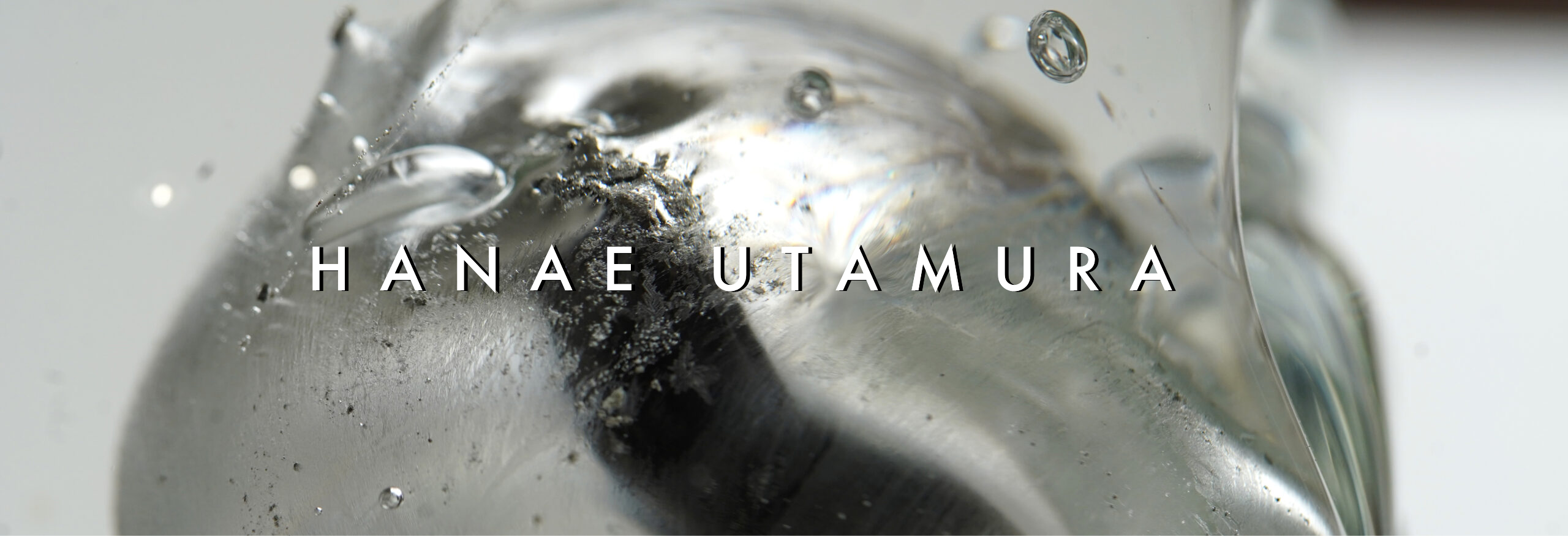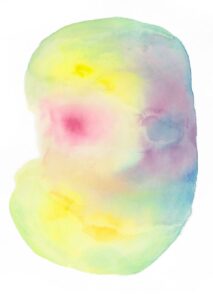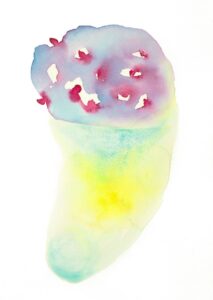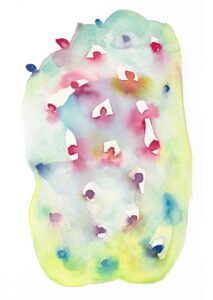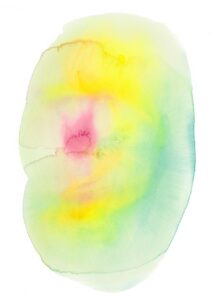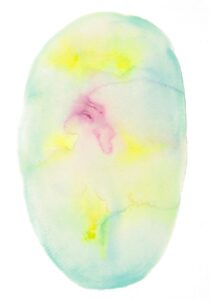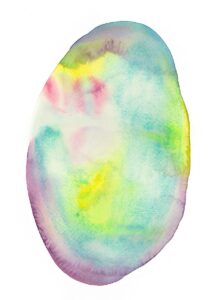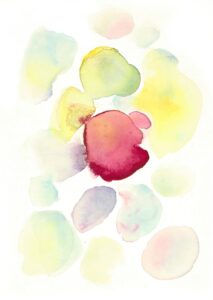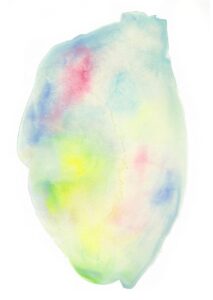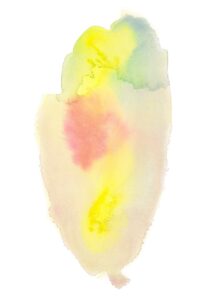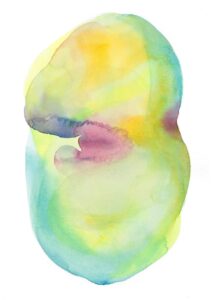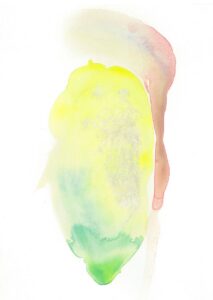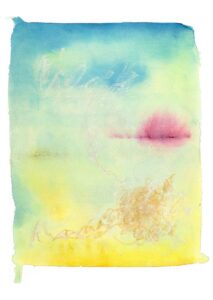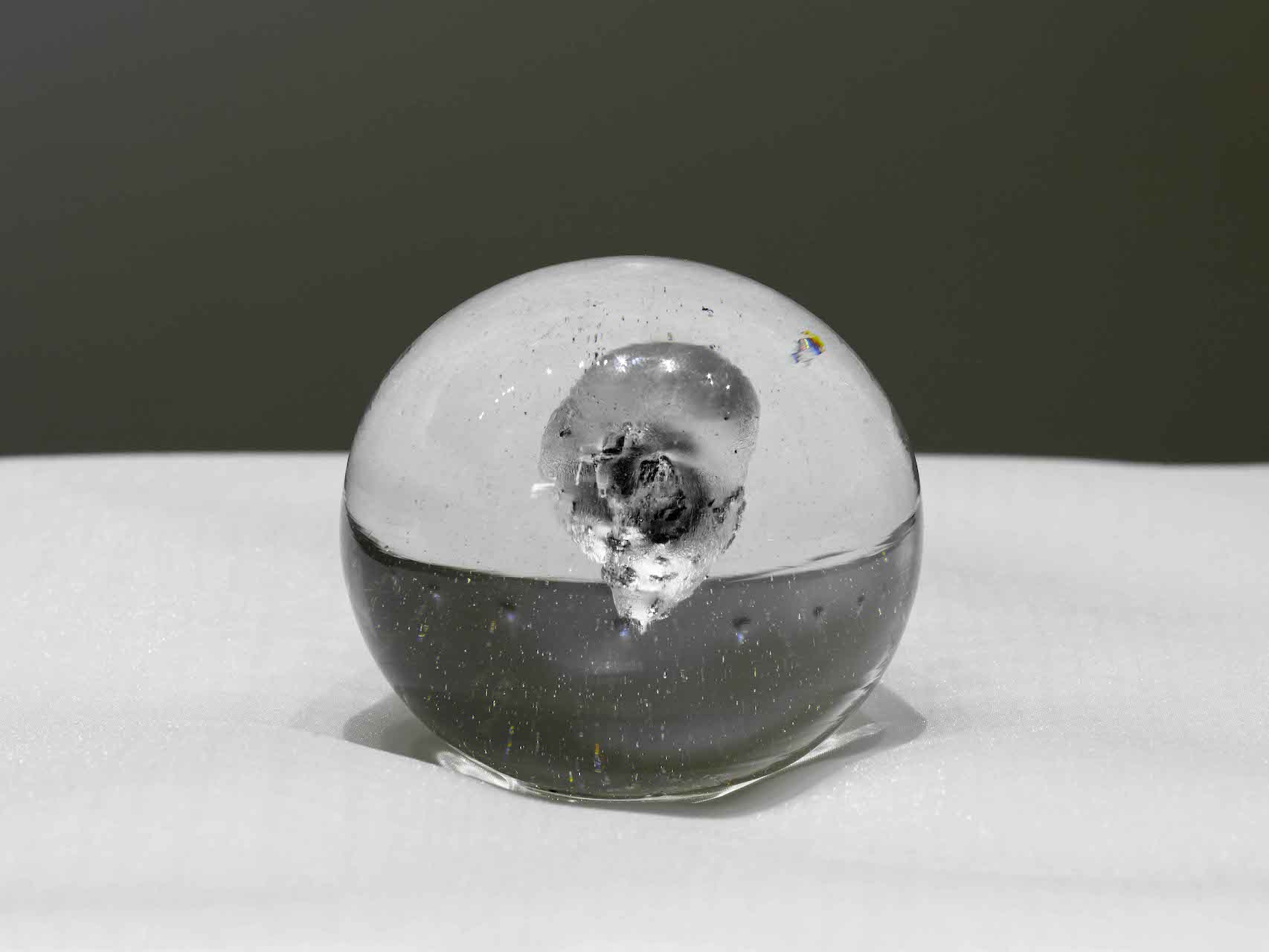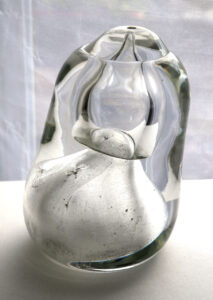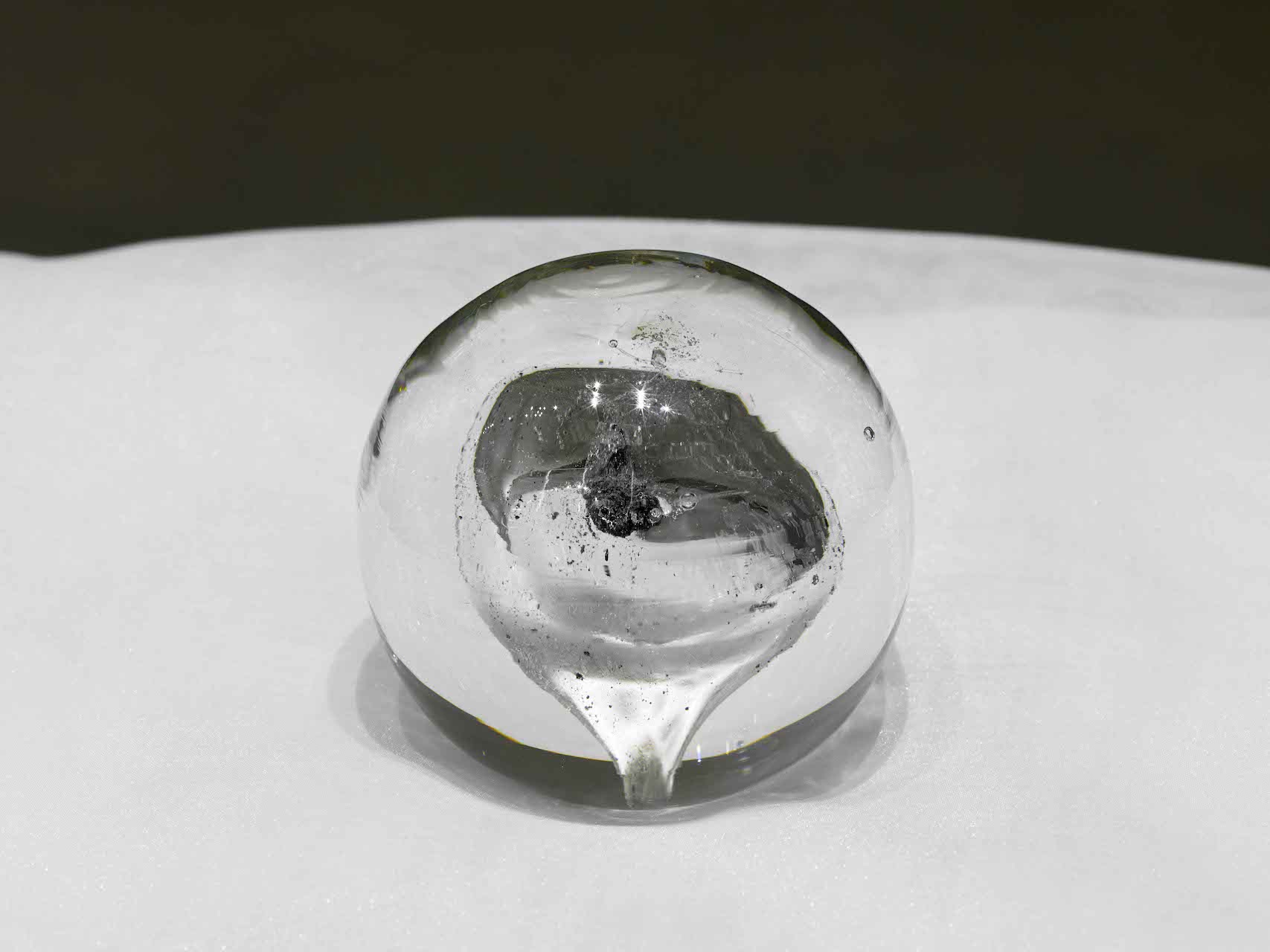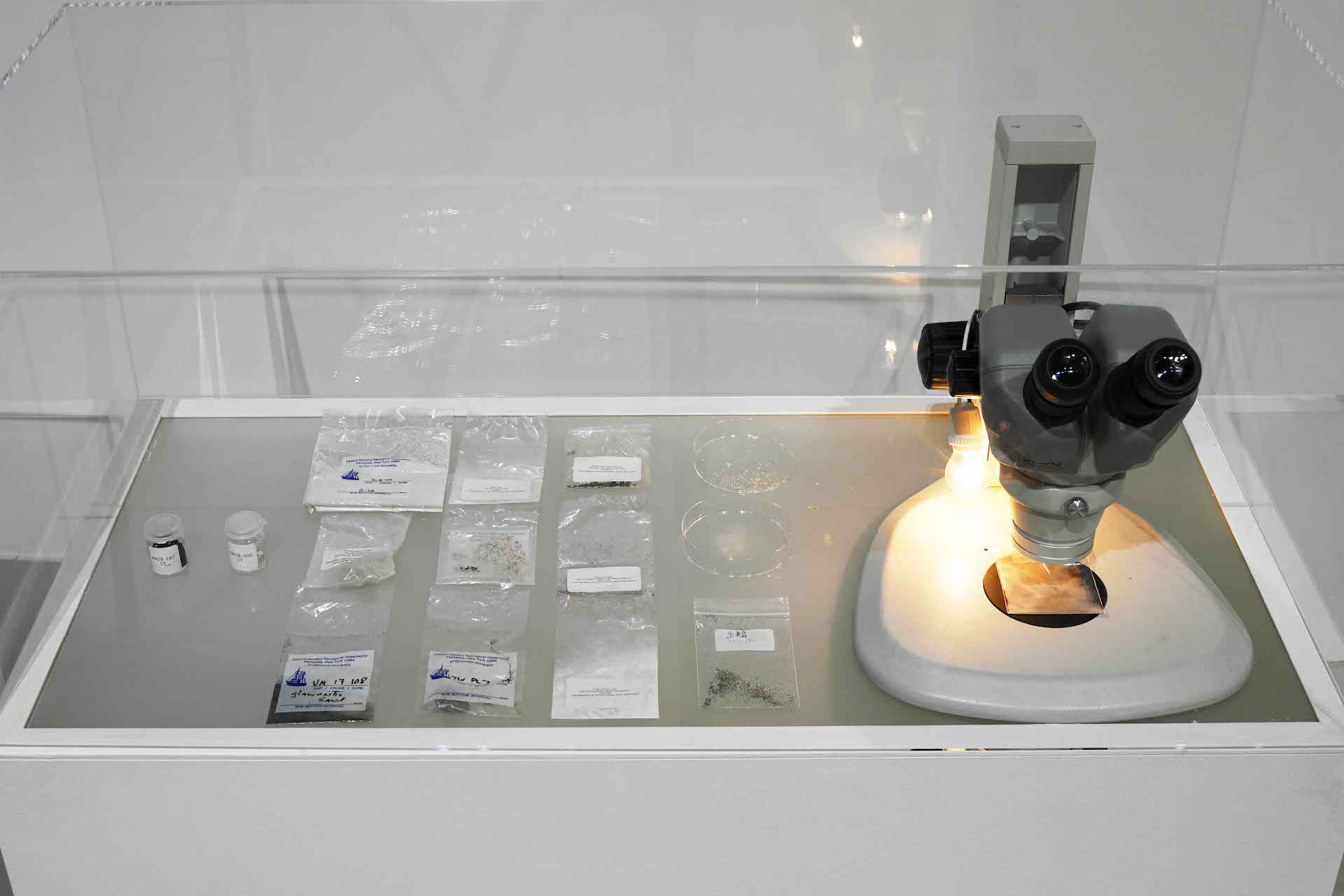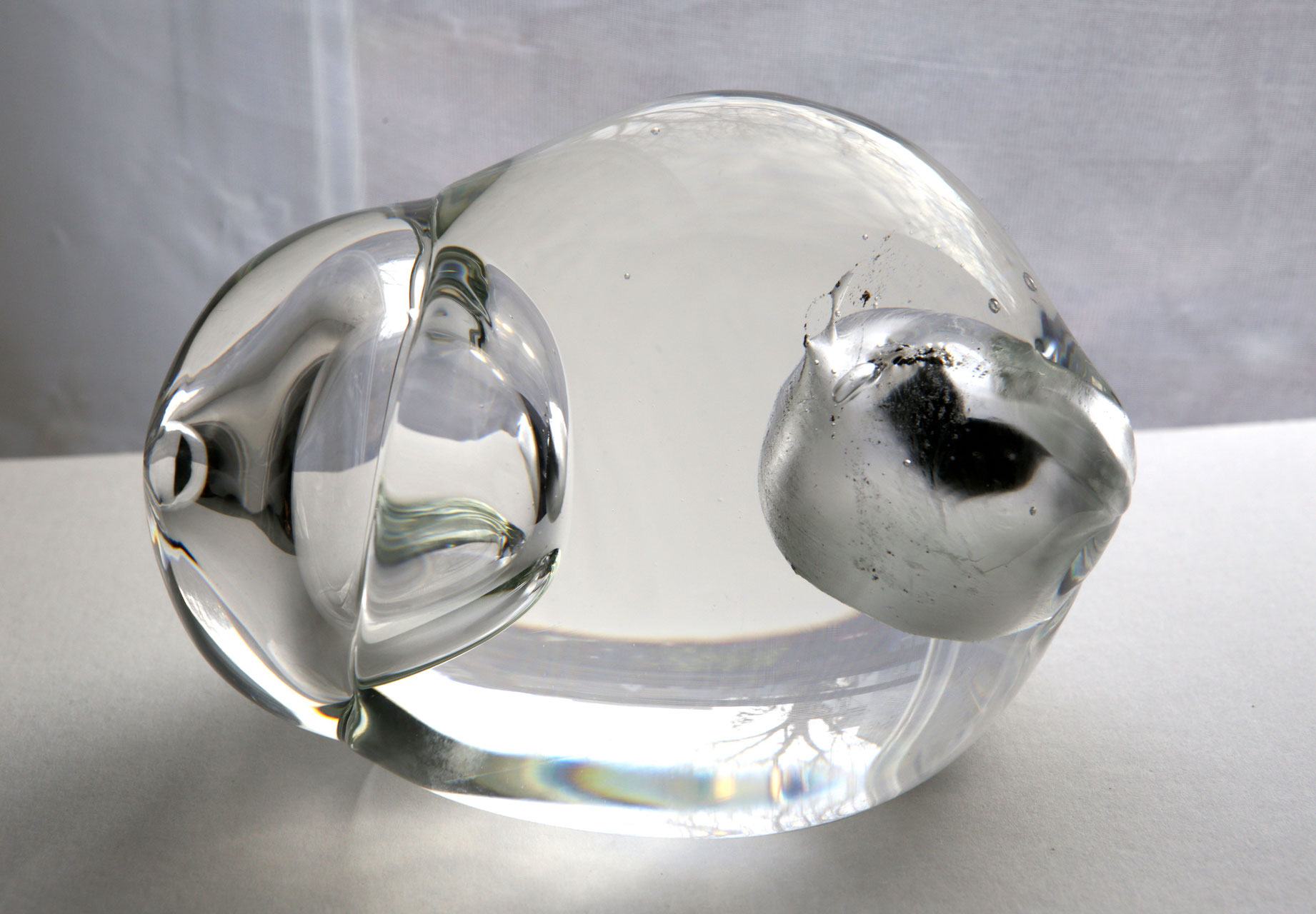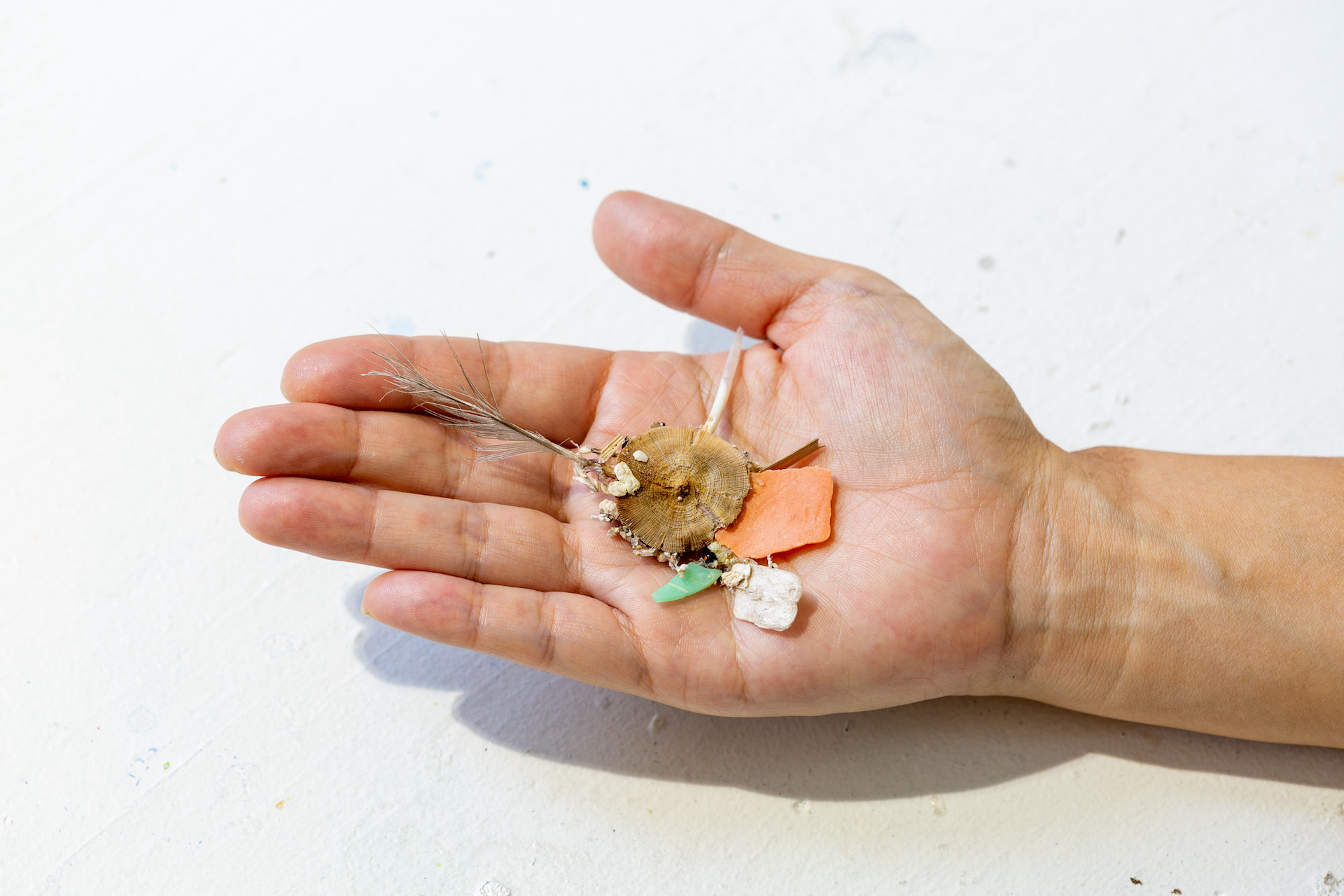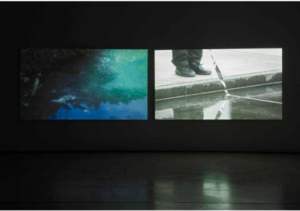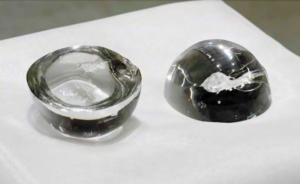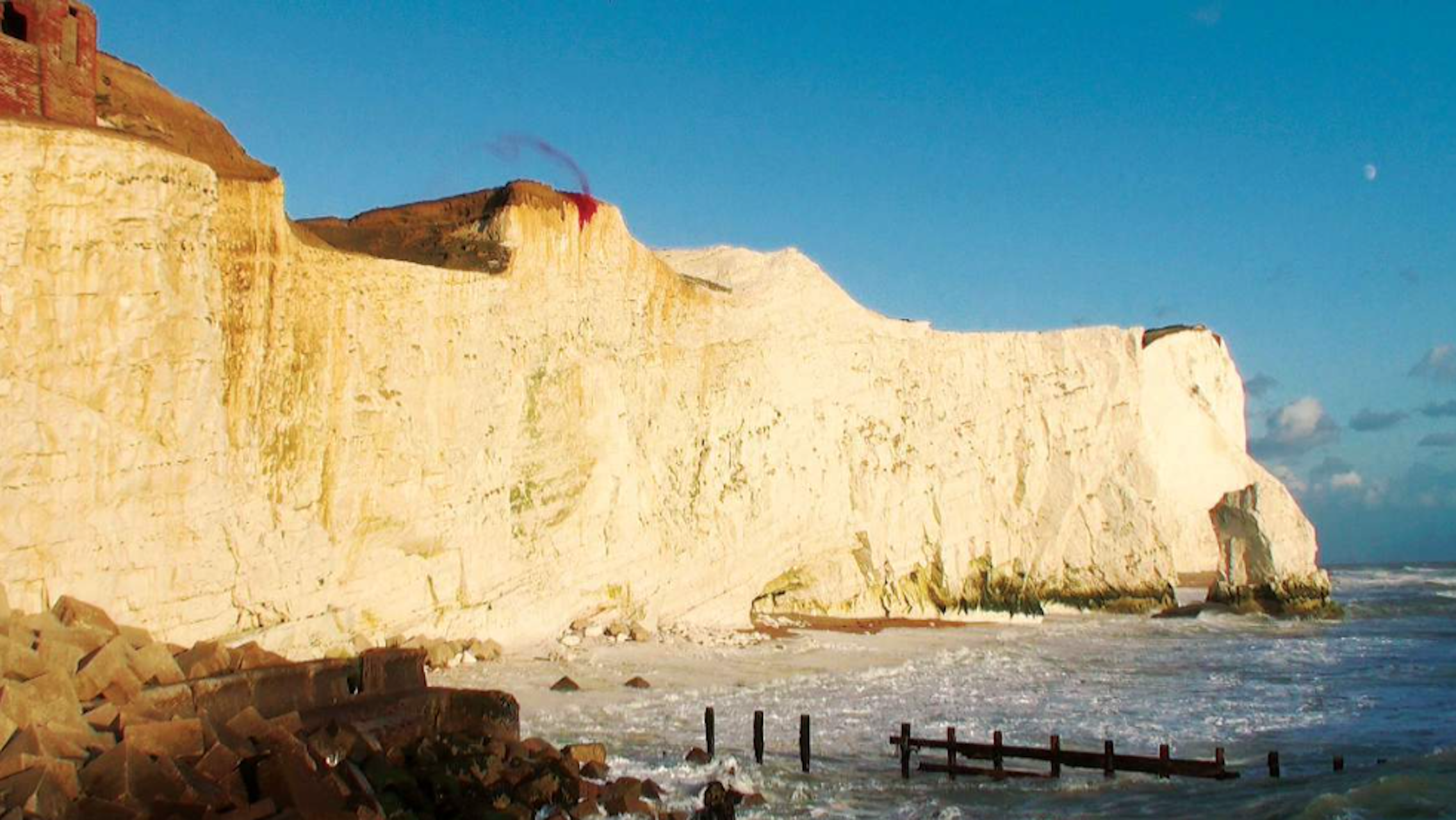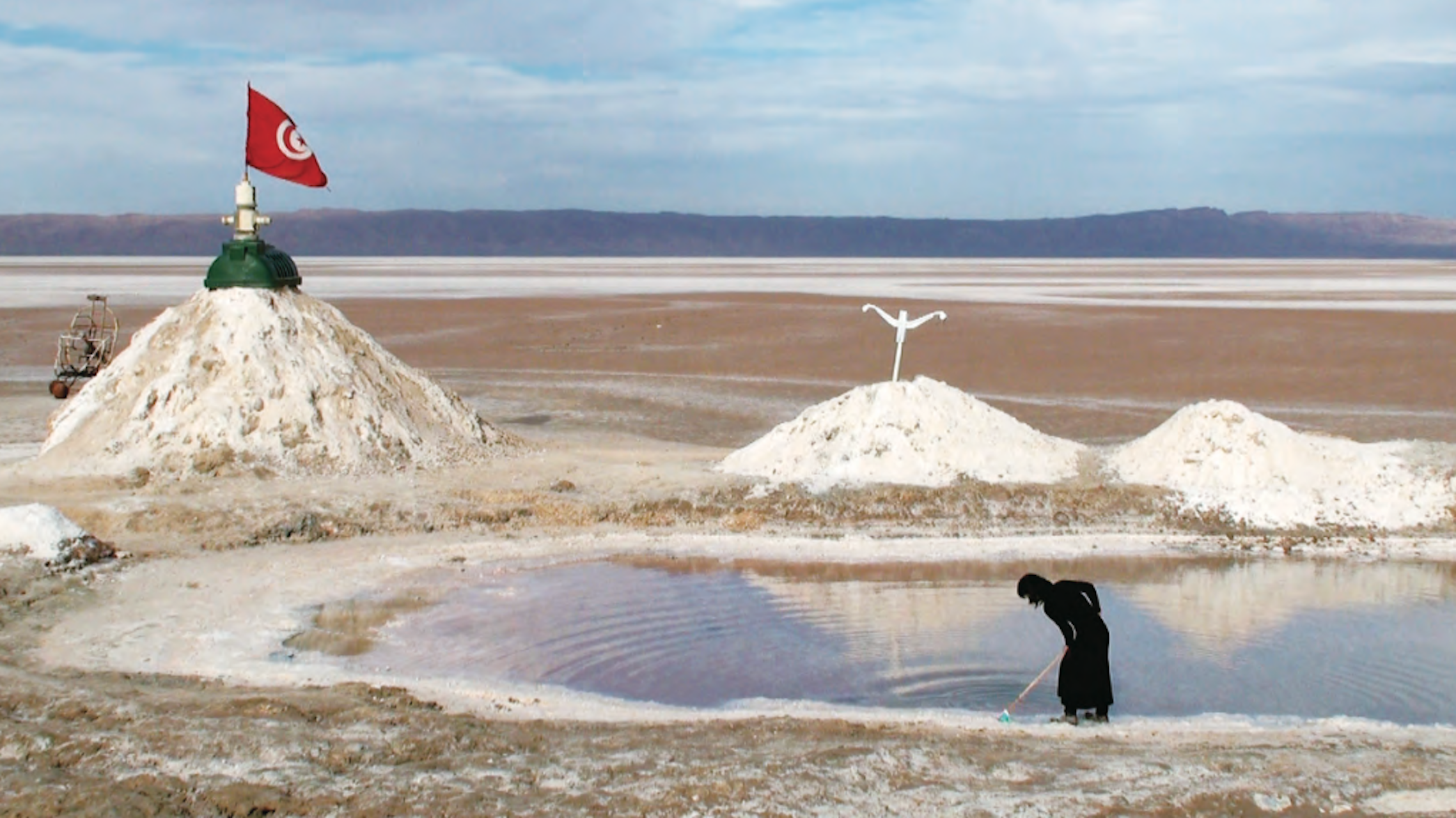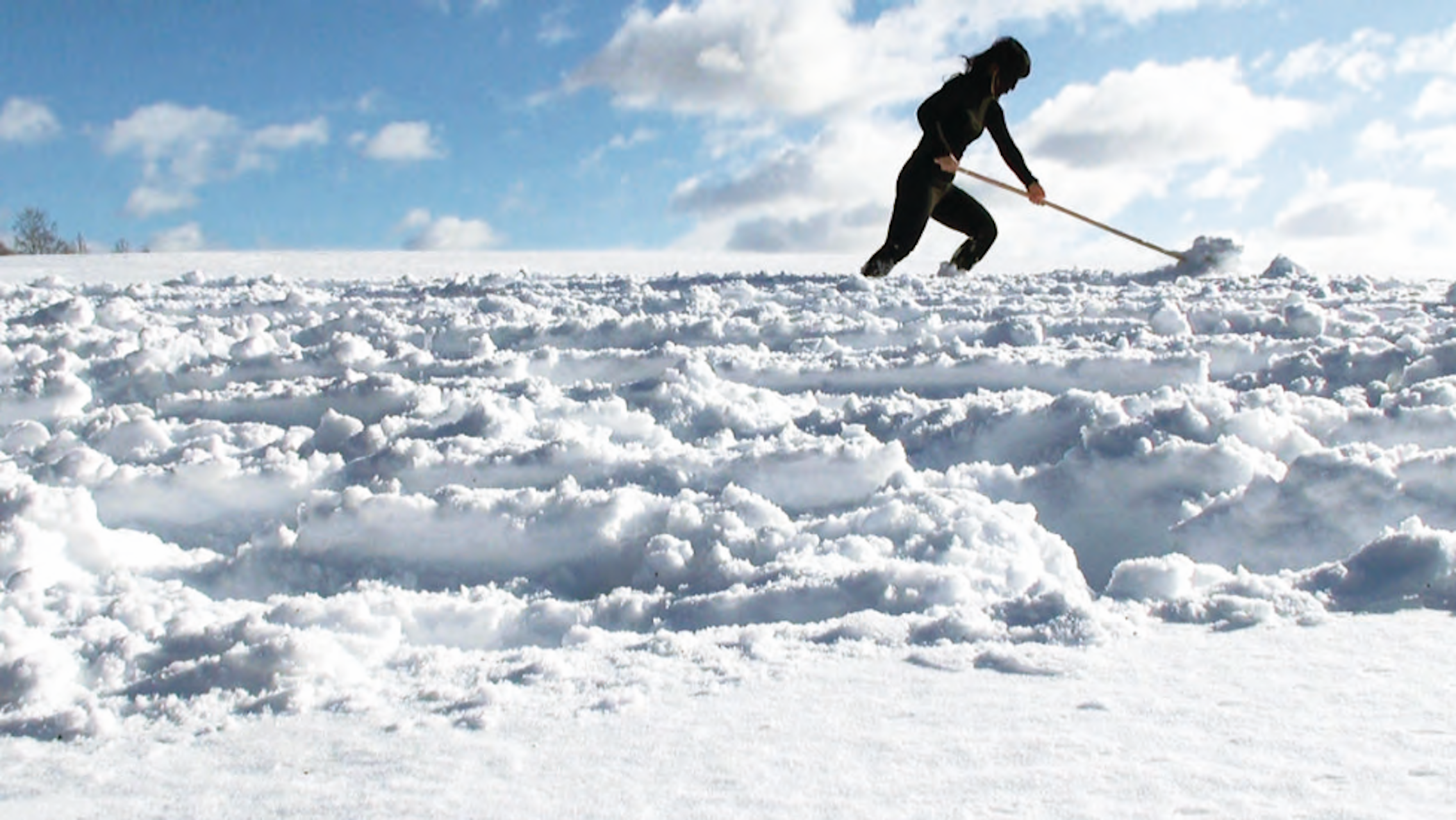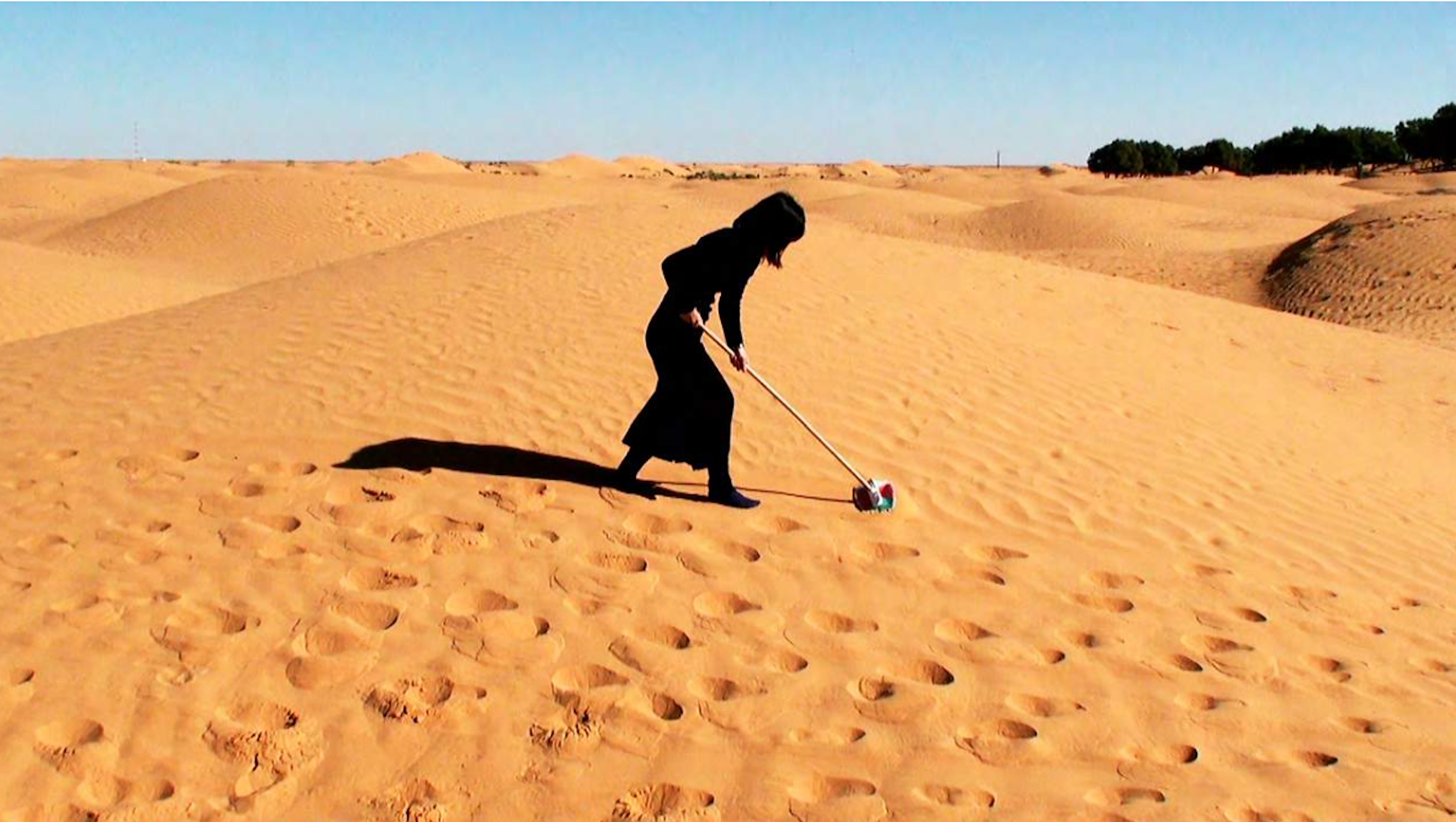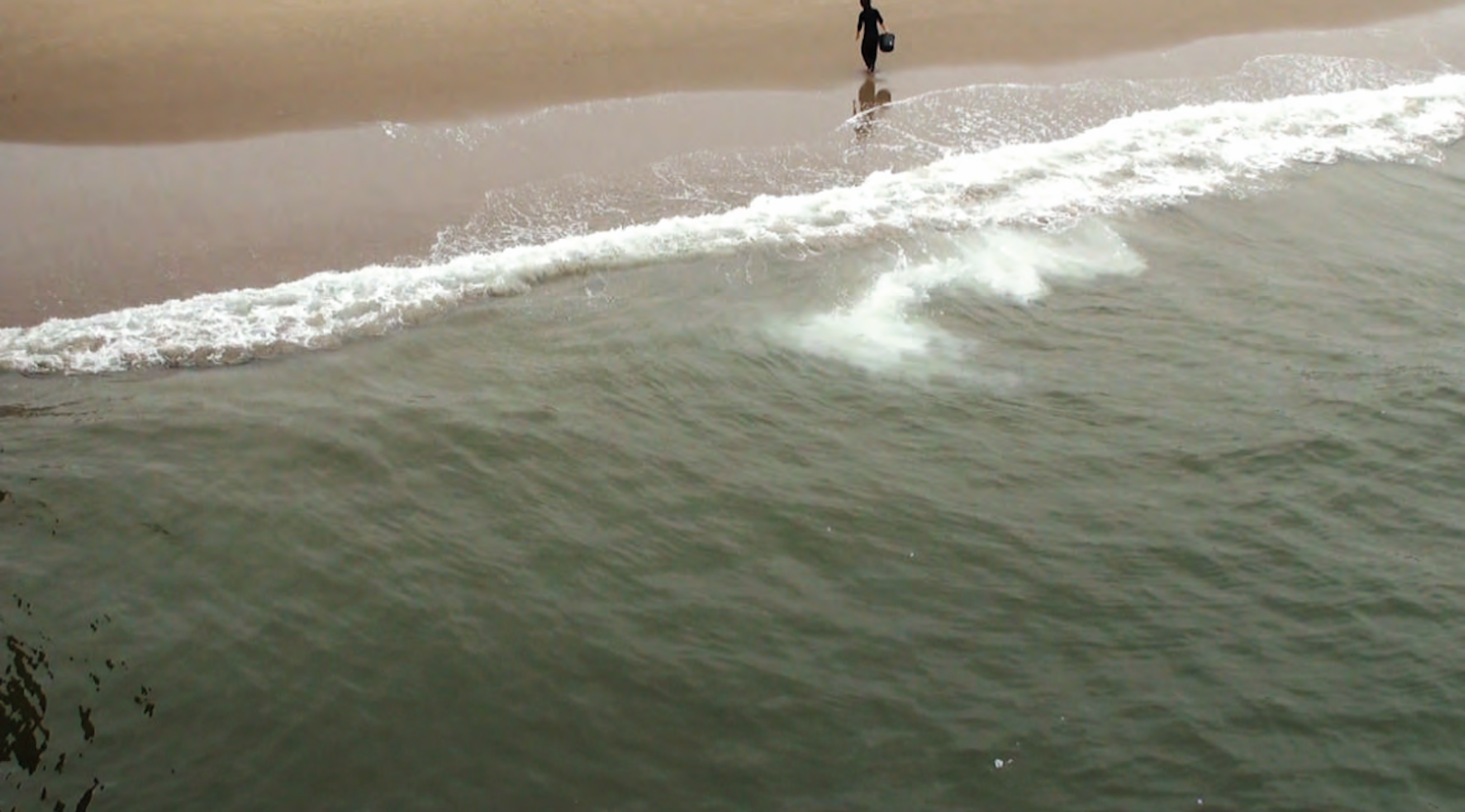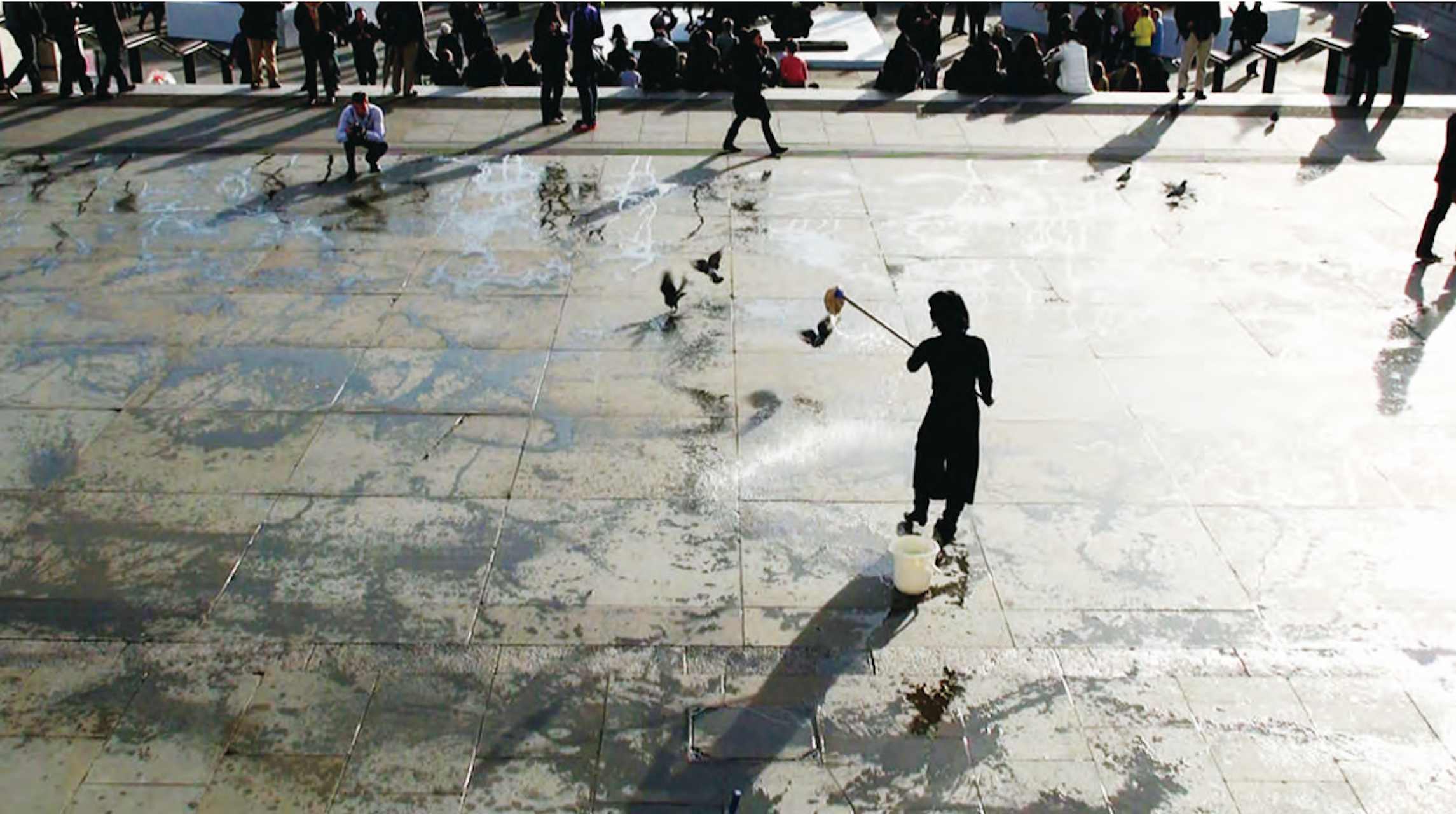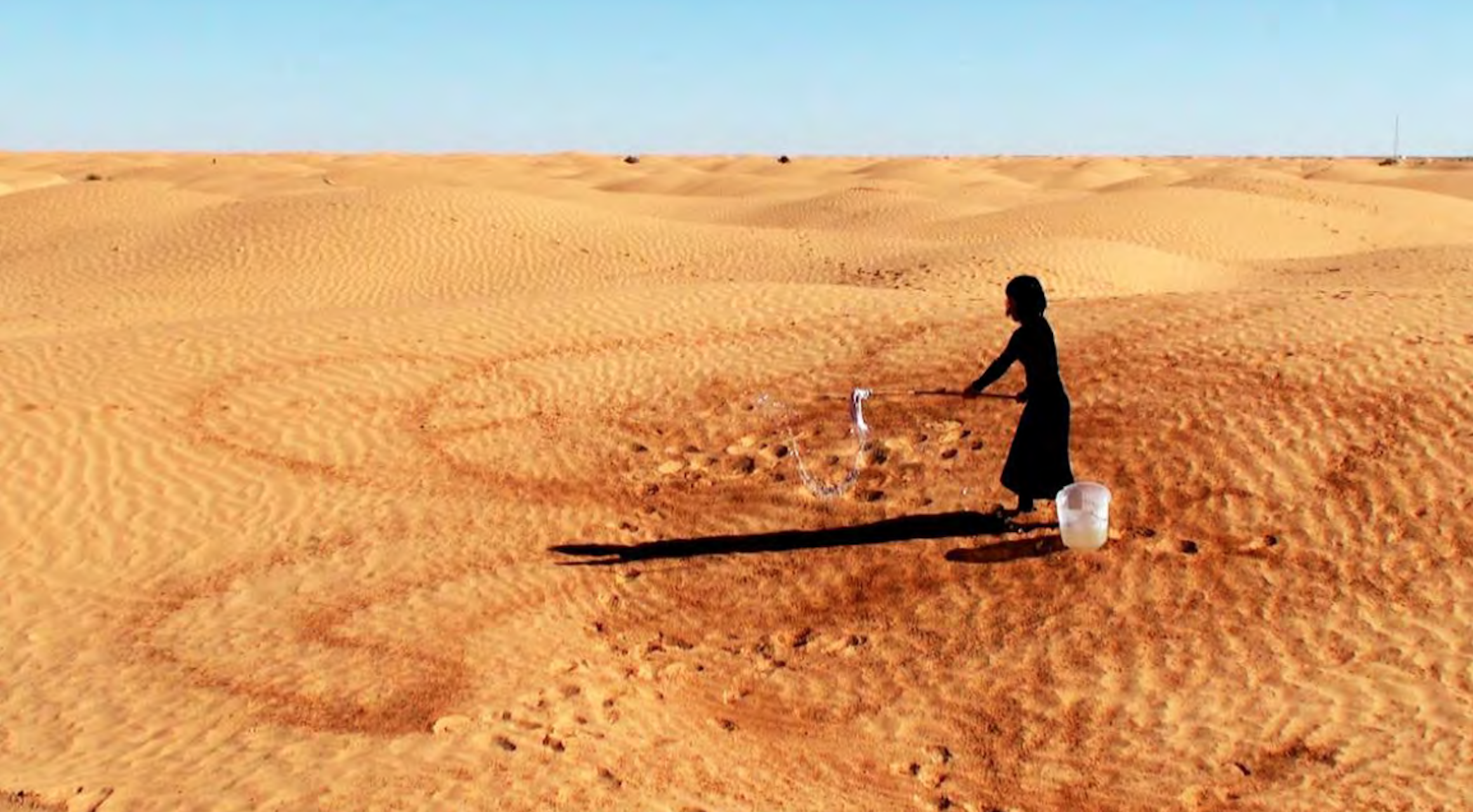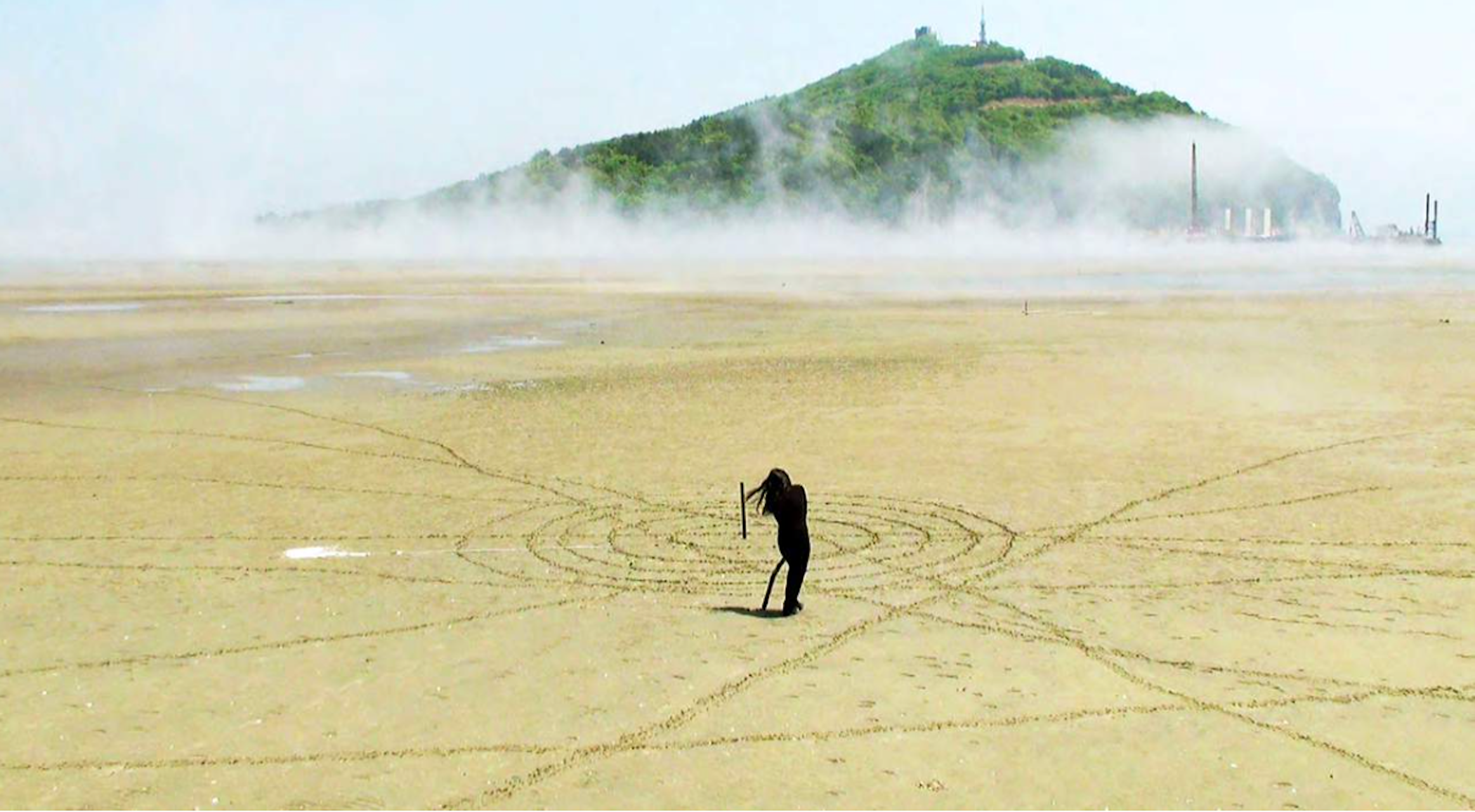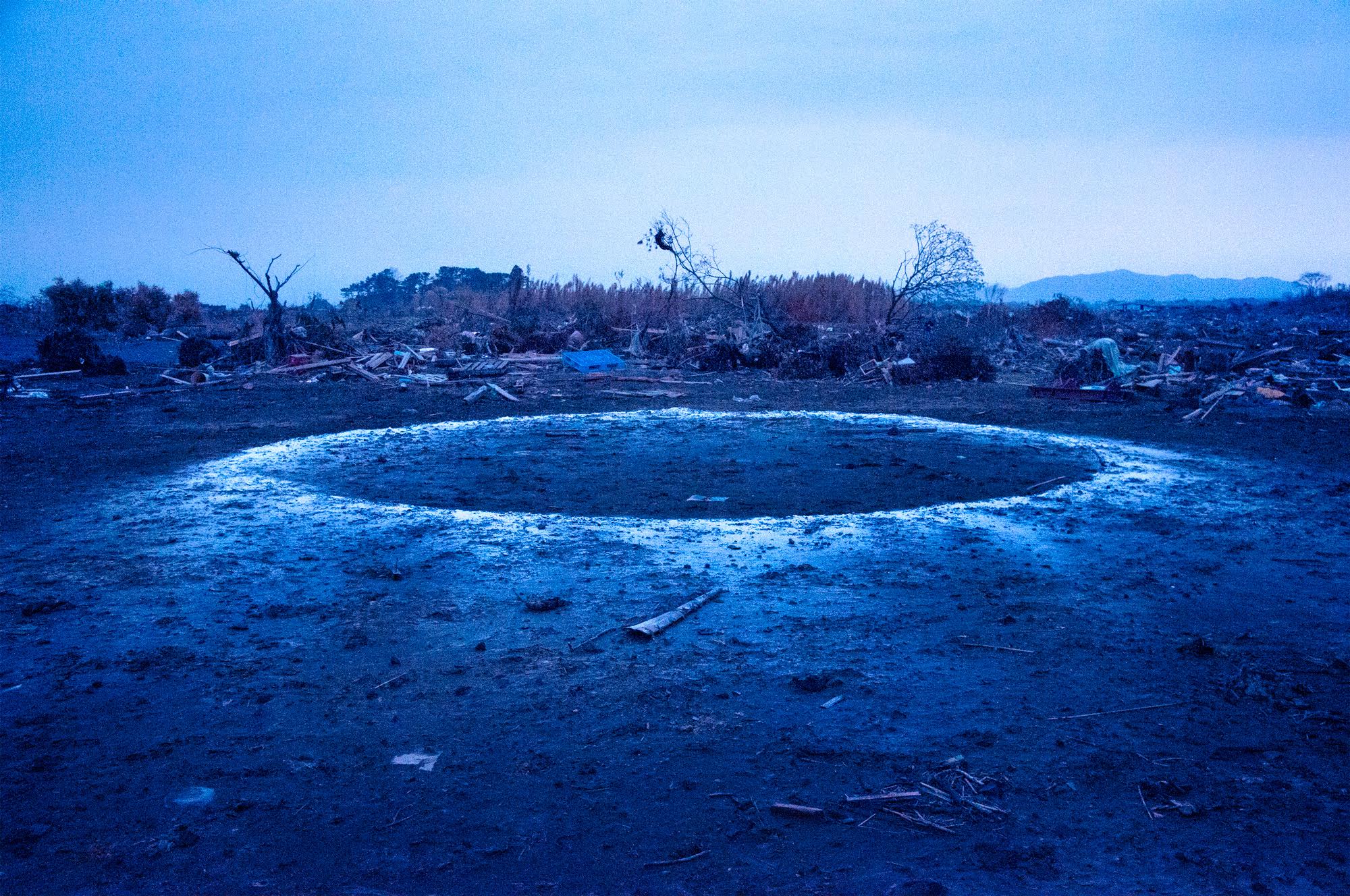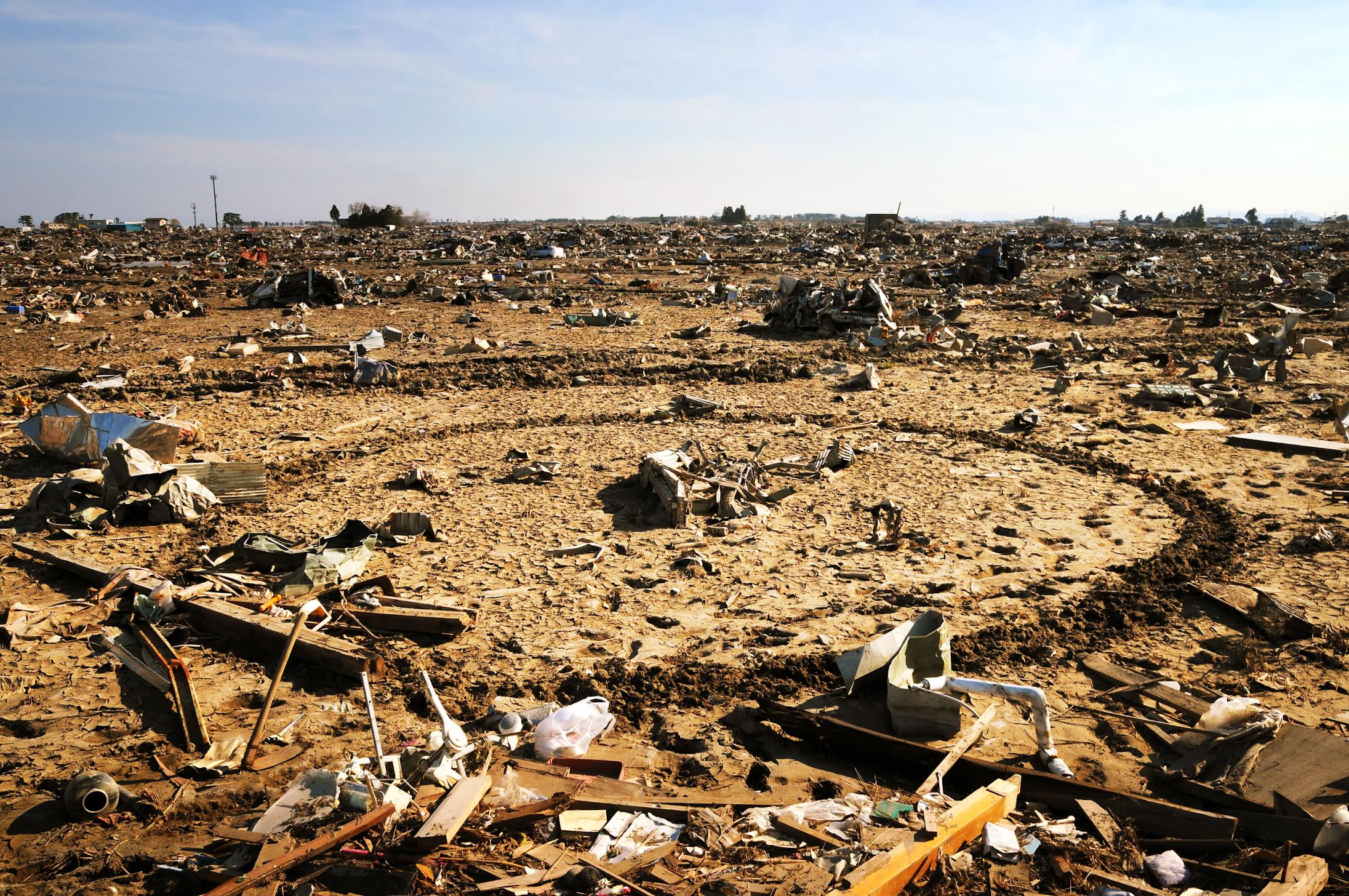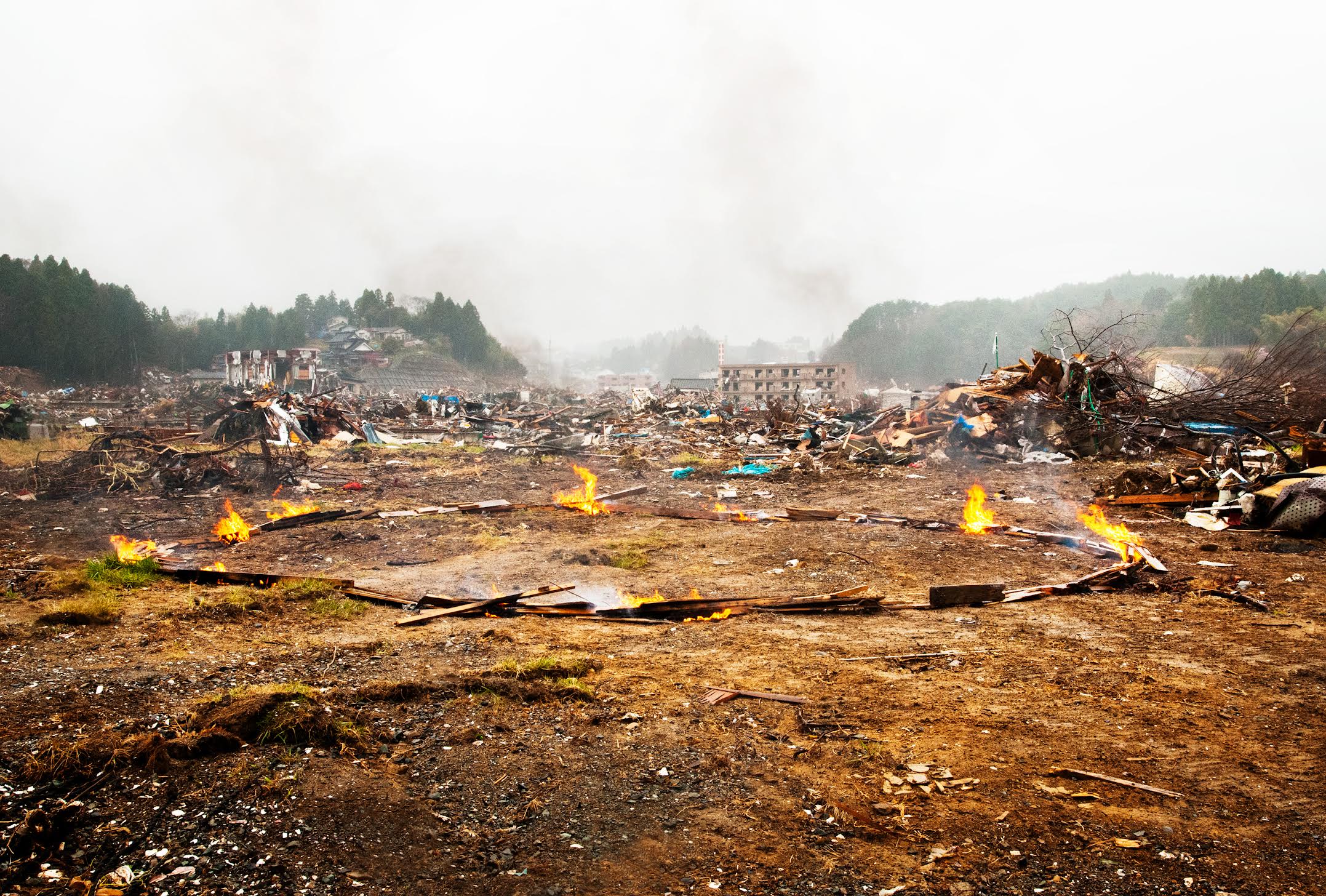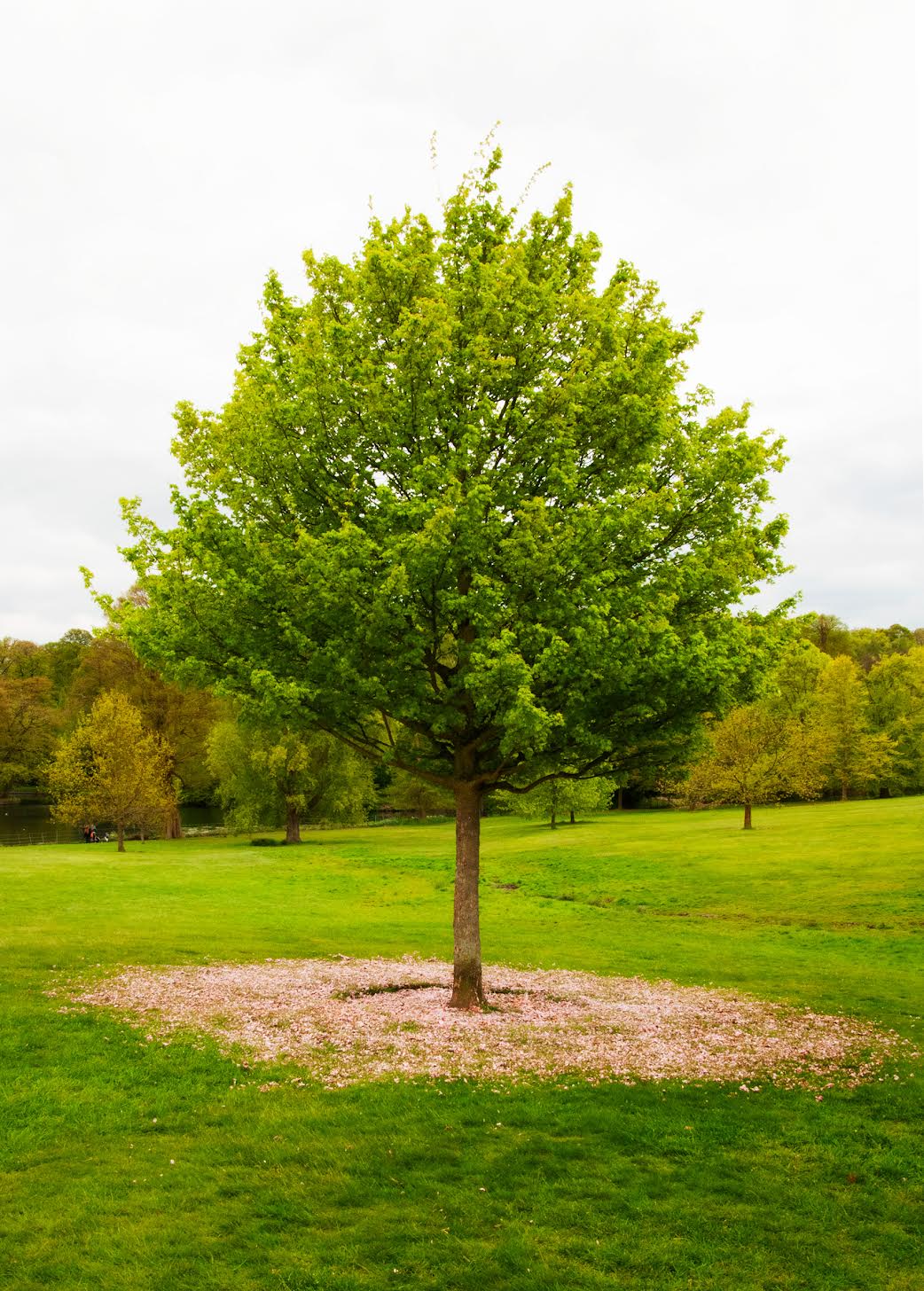Hanae Utamura is a Japanese visual artist based in both New York City and Buffalo, New York. Utamura’s body of work encompasses video, photography, performance, installation, and sculpture. She connects human beings with the Earth, using the physical human body as a conduit. The central focus of her practice is negotiating and conflicts that exist between the human and the non-human, and how all the varieties of the wills of life manifest themselves. By decentralizing the human perspective, Utamura diversifies historical narratives, and enters the imagination of nature.
Utamura received her Masters of Fine Art at Chelsea College of Art and Design, London and her Bachelor Fine Arts at Goldsmiths University, London. She has received support through numerous international residencies and fellowships including: Akademie Schloss Solitude (Stuttgart, Germany), Künstlerhaus Bethanien (Berlin), PACT Zollverein (Essen, Germany), Art Omi (Hudson, New York), Santa Fe Art Institute Residency (Sante Fe,New Mexico), Aomori Contemporary Art Center (Japan), National Museum of Contemporary Art, Changdong Art Studio (Seoul, South Korea), Seoul Art Space_GEUMCHEON (Seoul, South Korea), Florence Trust (London, U.K.), among others.
She has been awarded the NYFA Immigrant Artist Mentoring Program, Shiseido Art Egg Award, Grant program by the Japanese Ministry of Culture, the Pola Art Foundation, UNESCO-Aschberg Bursary Award, and Axis/Florence Trust Award. She has been exhibited extensively in Asia, Europe and the United States. She was a visiting scholar at New York University in 2019, supported by Japanese Ministry of Culture and the Japanese government as a part of the Japan/United States Exchange Friendship Program in the Arts.
